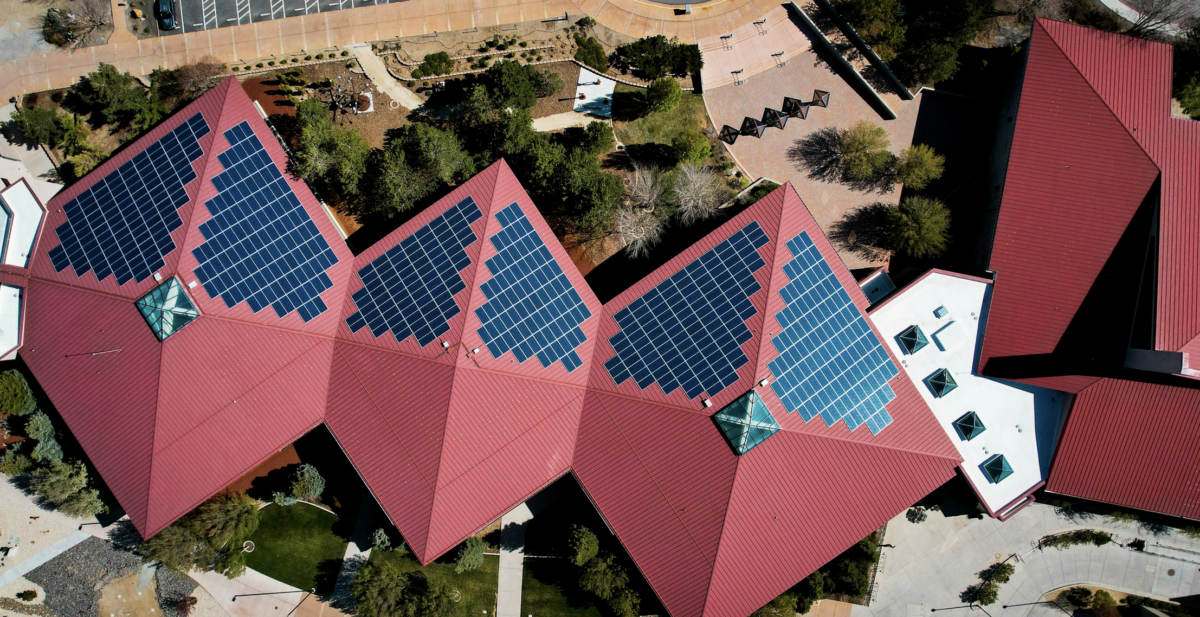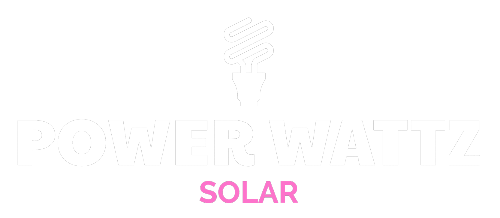
US residential solar prices fell to a record low of $2.50 per watt in the second half of 2024, said EnergySage. The marketplace operator reported average pre-incentive quotes of $28,750 for rooftop systems.
From pv magazine USA
Residential solar prices are falling lower than ever before, said marketplace operator EnergySage in its latest solar and storage report.
The median quoted price on its platform reached $2.50/W in the second half of 2024, falling 6.4% from the first half of 2024. Quotes averaged more than $3.75/W on the platform 10 years ago in late 2014.

“Heading into 2025, solar and battery prices had never been lower on the EnergySage Marketplace, and for homeowners, that means more affordable and accessible clean energy solutions,” said Emily Walker, director of content and insights at EnergySage.
For an 11.5 kW system, the average cost per watt equates to a system cost of $28,750 before incentives. The US Investment Tax Credit covers 30% of installed system costs. After incentives, this brings the average price down to $20,125. Many states also have incentive programs, which can be found on an incentives and programs database maintained by the NC Clean Energy Technology Center.
EnergySage said the lower quoted installation prices largely came from lower equipment costs. Wood Mackenzie reported solar panel prices dropped 30% year on year in 2024.
Prices may have also lowered due to softened demand, said EnergySage. Residential solar installations declined 31% in 2024. This is “driven by high interest rates, relatively stable residential electricity prices, and California’s Net Billing Tariff,” said the report.

The report also noted a distinct rise in quotes that included battery energy storage with their solar project. Battery attachment was high in the top three largest rooftop solar markets, including California (79% battery attachment rate), Florida (45%) and Texas (68%). Nationwide, battery attachment reached a record 45% of projects on the platform in the second half of 2024.
The Tesla Powerwall 3 was the most-quoted battery on the platform in 2024. The top three most-quoted inverter brands in the second half of 2024 were Enphase, Tesla and SolarEdge. It noted that Tesla inverters are not a top selected option in low energy storage attachment state markets.
“The biggest marketplace disruption came from Tesla, which grew its inverter share by 1100% year-over-year due to the popularity of the Powerwall 3,” said the report.
Tesla sells its inverters and energy storage as an integrated system averaging $926/kWh on the platform. This is a lower energy storage cost than the national median $999/kWh quoted on the platform, and Tesla includes its hybrid inverters, making it a low-cost system option.
However, EnergySage said in 2025 it has “seen an uptick in homeowners specifically requesting non-Tesla equipment in their quotes amidst Tesla CEO Elon Musk’s political controversy … This negative brand backlash, coupled with Tesla battery supply shortages, could impact its share in our next Marketplace Report.”
As for system financing, Wood Mackenzie reported that 39% of residential solar installations were purchased with a loan in the second half of 2024, down from 57% in 2023. Wood Mackenzie said third-party owned (TPO) solar, including leases and power purchase agreements, surpassed solar loans for the first time in 2024. TPO projects rose from 40% to 52% in the second half, compared with a 39% market share for loans.
EnergySage said more homeowners are choosing low-fee, higher-interest-rate loans, which often allow early repayment or refinancing to reduce interest costs. It defined “low-fee” loans as those with fees of about 3% or less of the total loan.
This content is protected by copyright and may not be reused. If you want to cooperate with us and would like to reuse some of our content, please contact: editors@pv-magazine.com.
Source link


